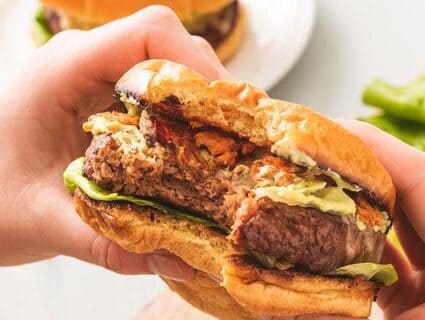20 innovations that give a glimpse into the future of food
Read Time: 8 minutes
February 01, 2024
Innovation can often start with a simple idea.
Imagine if we could …
… grow more food for our growing global population — with less agricultural land.
… produce healthier, nutritious food — from new sources.
… take better care of our environment — using the power of agriculture.
The answers, however, are often anything but simple. At Cargill, we are working every day to turn “imagine if” into “we can” — and to do it on a global scale.
Why? Because, as global food production and agriculture evolve, we will need innovative solutions to solve the most urgent challenges, says Cargill’s chief technology officer and vice president of innovation, Florian Schattenmann.
“Challenges are getting bigger and the time to solve them shorter,” Florian says. “That’s why we’re constantly focused on delivering the innovations that will shape the future of food and agriculture.”
What, exactly, does food and agricultural innovation really look like? Below are 20 of our most exciting innovations that are reimagining what’s possible for food and agriculture — and giving a glimpse into the future.
|
This list explores:
|
Health and nutrition innovation
1. Bye-bye to 1.5 billion pounds (and counting) of this trans fat
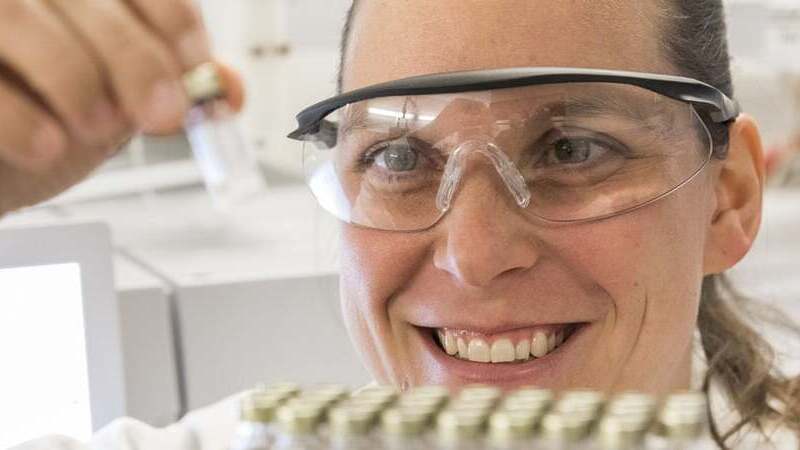 We’re leading the way in eliminating industrially produced trans fatty acids (iTFAs) from our global food supply chain.
We’re leading the way in eliminating industrially produced trans fatty acids (iTFAs) from our global food supply chain.
As consumers continue looking for healthier solutions, the world is moving away from industrially produced trans-fatty acids (iTFAs). That’s why we’ve removed 1.5 billion pounds of iTFAs from the food supply — and have become the first global edible oil supplier to meet the World Health Organization’s recommendations.
2. This discovery in our facility led to a breakthrough for your immune system
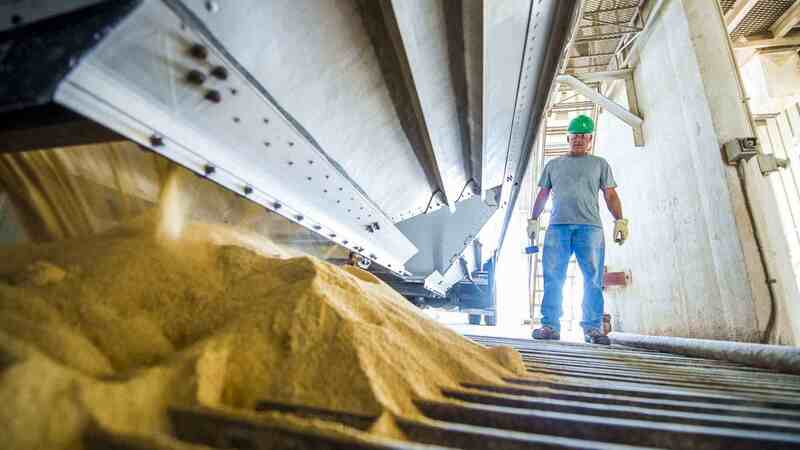 EpiCor, a postbiotic providing support for your immune system, was born after a discovery in one of our animal feed facilities more than two decades ago.
EpiCor, a postbiotic providing support for your immune system, was born after a discovery in one of our animal feed facilities more than two decades ago.
3. We’re planting seeds of growth in plant-based food
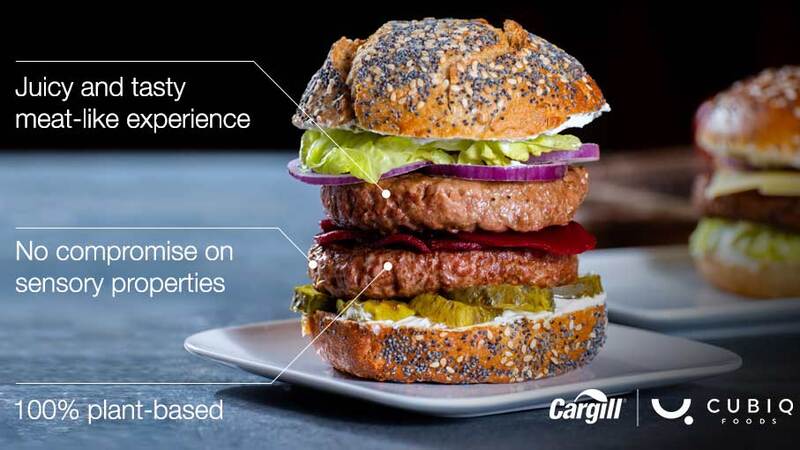 We’re launching plant-based products and working with partners to provide solutions for customers making plant-based food.
We’re launching plant-based products and working with partners to provide solutions for customers making plant-based food.
Take, for example, the plant-based nuggets and patties we launched with foodservice and retail customers. Or our partnership with food-tech startup CUBIQ FOODS and the big fat solution — literally — that innovative fats like Go!Drop® help us provide customers making plant-based food.
4. We’re putting the ‘grow’ in lab-grown meat
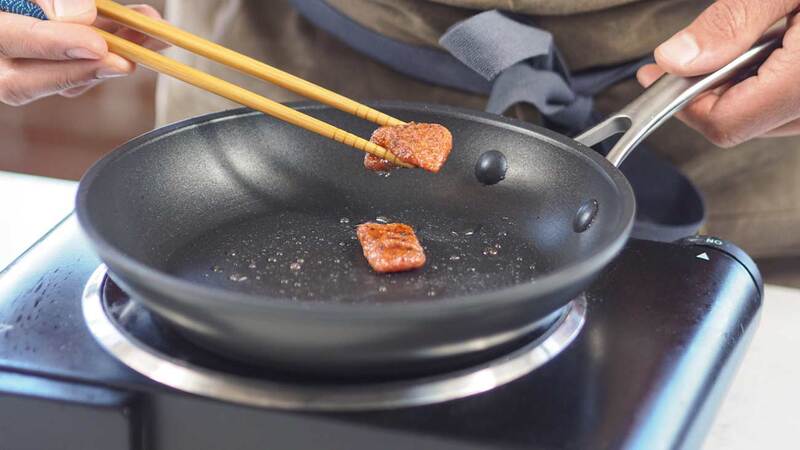 We’ve invested in cultivated meat companies like Wildtype, a U.S.-based company developing cultivated salmon.
We’ve invested in cultivated meat companies like Wildtype, a U.S.-based company developing cultivated salmon.
When it comes to cultivated meat — meat produced by growing animal cells — we’re investing for the future in companies like Upside Foods, a leader in cultured protein; Aleph Farms, a cell-based protein producer focused on growing complex meat varieties like steak; and Wildtype, an organization developing cultivated salmon. We’re also seeing that the cost of “cell culture media” — the feed that grows cultivated meat — needs to reduce for this category to continue growing.
5. This flavor-enhancing product is a diamond in the rough
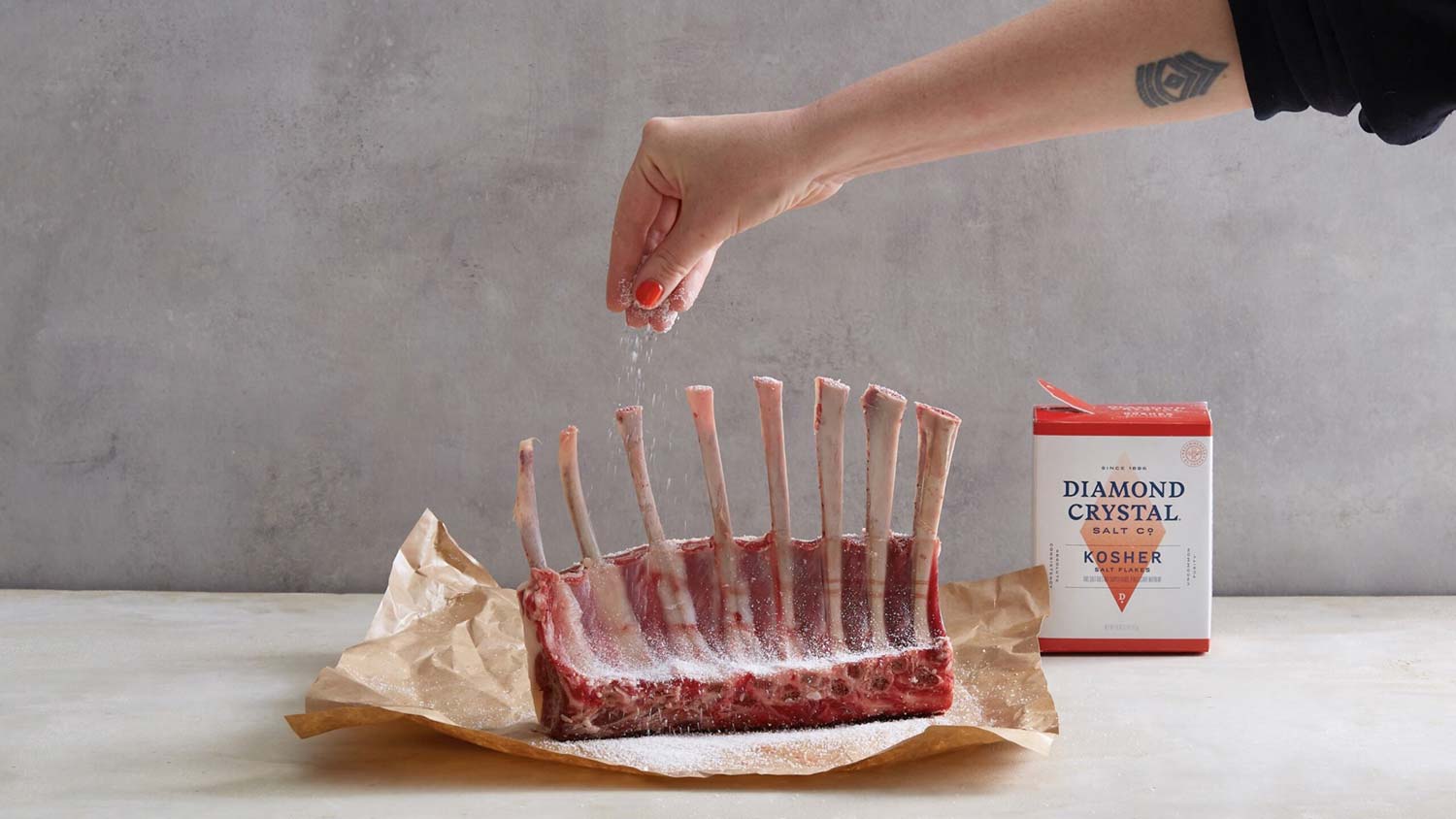 Our Diamond Crystal® Kosher Salt is a fan favorite among chefs and foodies.
Our Diamond Crystal® Kosher Salt is a fan favorite among chefs and foodies.
Diamond Crystal® Kosher Salt is no overnight sensation — the brand has been around for more than 130 years. But it’s the unique, hollow, multifaceted salt crystals — produced through our one-of-a-kind evaporation process — that reduce the sodium concentration while making this salt a fan favorite among chefs, foodies and more.
6. Your ‘golden ticket’ to our real-life chocolate factory
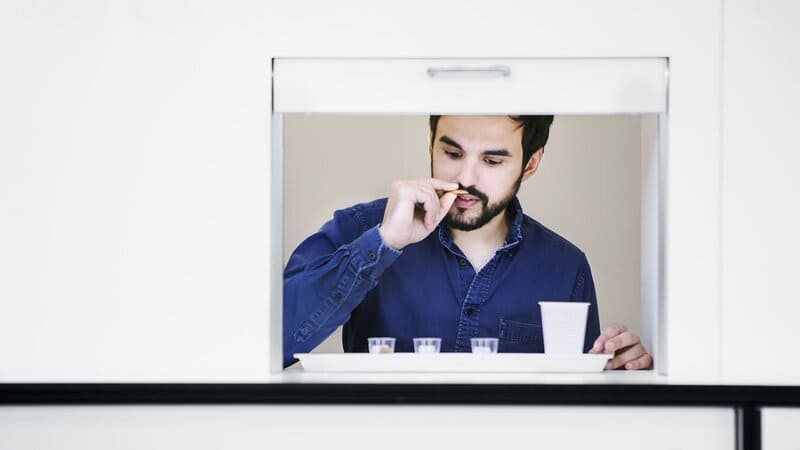 Our state-of-the-art House of Chocolate innovation center opened in 2022 in Belgium.
Our state-of-the-art House of Chocolate innovation center opened in 2022 in Belgium.
It may not be exactly like Willy Wonka’s. But our state-of-the-art House of Chocolate in Belgium — a country with a rich chocolate history — is designed for innovation, inspiration and co-creation with our customers in today’s dynamic chocolate market.
7. This is how we keep your pets healthy
 From our facilities to our products, we take innovative approaches to help keep your pets healthy.
From our facilities to our products, we take innovative approaches to help keep your pets healthy.
We study animals’ gut and microbiome to identify the best diets for healthy pets. Postbiotic supplements, including Zesty Paws, Black Gold and our investments in Animal Biome, support your furry friends’ overall immune system health. From our state-of-the-art pet food production facility in China (producing favorites like PetMaster®) to our human-grade pet food brand Nutrena Healthpedia in South Korea, we treat your pets like family.
Transformative innovation
8. This technology is bringing winds of change to ocean shipping
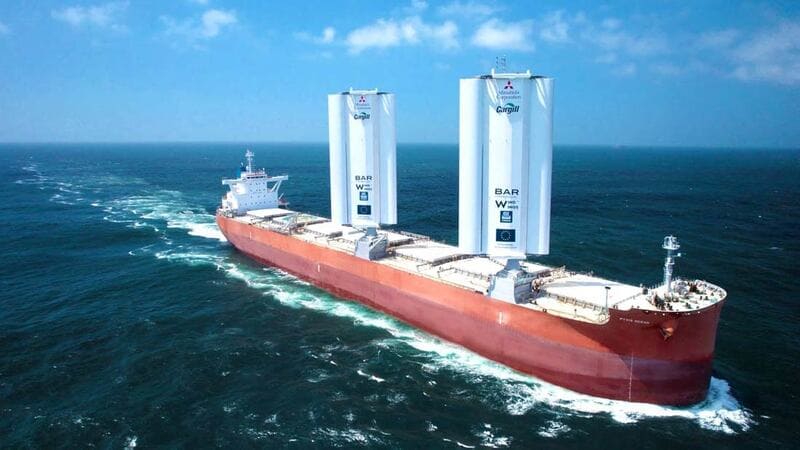 We’ve partnered with BAR Technologies, Mitsubishi Corporation and Yara Marine Technologies to help develop the WindWings technology for the bulk shipping industry.
We’ve partnered with BAR Technologies, Mitsubishi Corporation and Yara Marine Technologies to help develop the WindWings technology for the bulk shipping industry.
Wind is one of humanity’s oldest navigation technologies — and we are exploring how it can reshape the future of maritime shipping. Case in point: We helped develop the technology for the world’s first wind-powered commercial vessel, the Pyxis Ocean, to reduce greenhouse gas emissions and make zero-carbon shipping a reality.
9. Fish feed made from science and thin air?
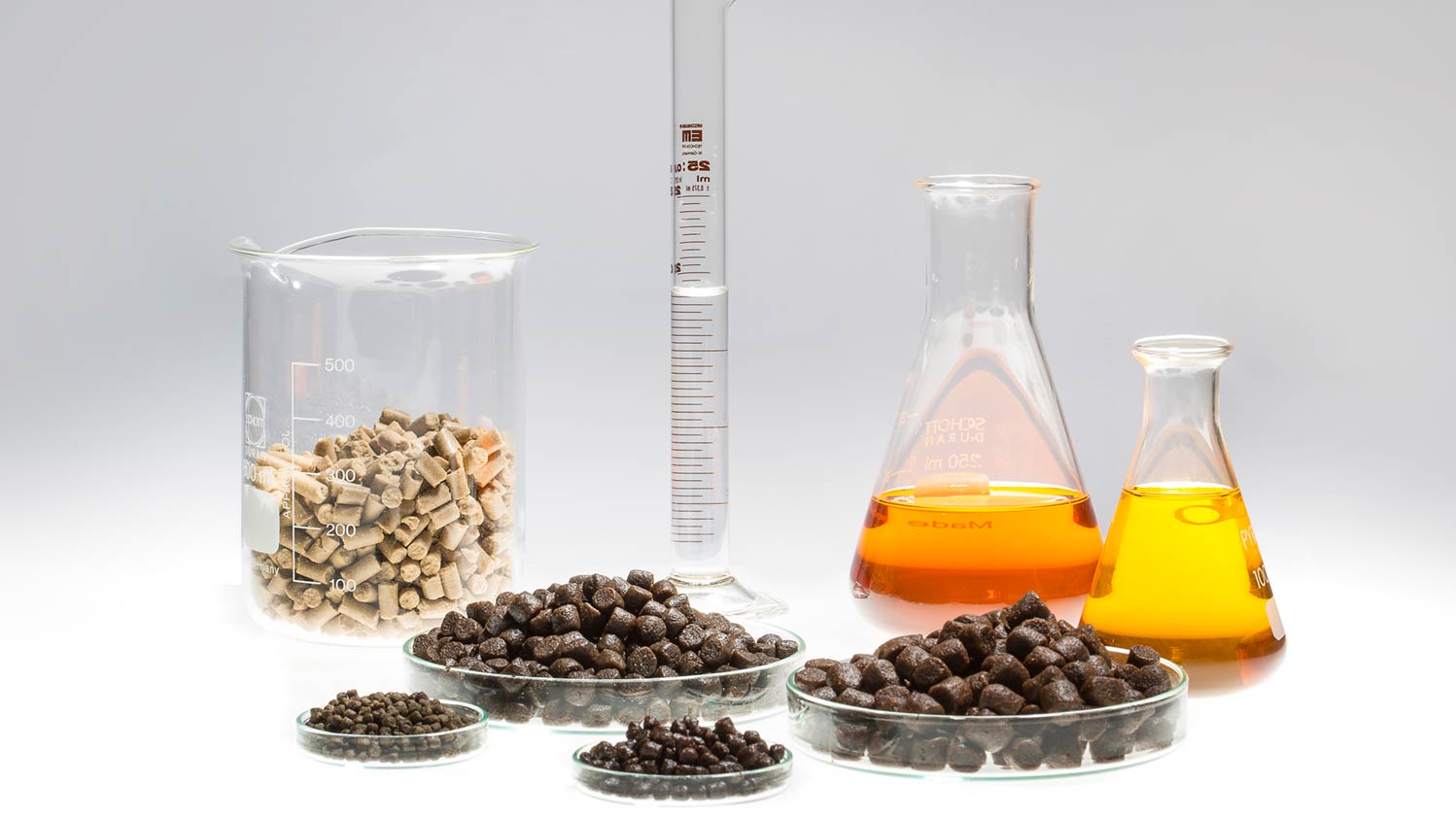 We’re working with Gas 2 Feed and the Norwegian Research Centre on feeding fish with proteins made from carbon dioxide.
We’re working with Gas 2 Feed and the Norwegian Research Centre on feeding fish with proteins made from carbon dioxide.
That’s what we’re working on with Gas 2 Feed and the Norwegian Research Centre: feeding fish using single-cell proteins created from carbon dioxide. This approach uses fermentation and electrolysis to produce protein-rich, sustainable ingredients for fish feed.
10. Giving farmers a ‘gut check’ on their birds’ gut health
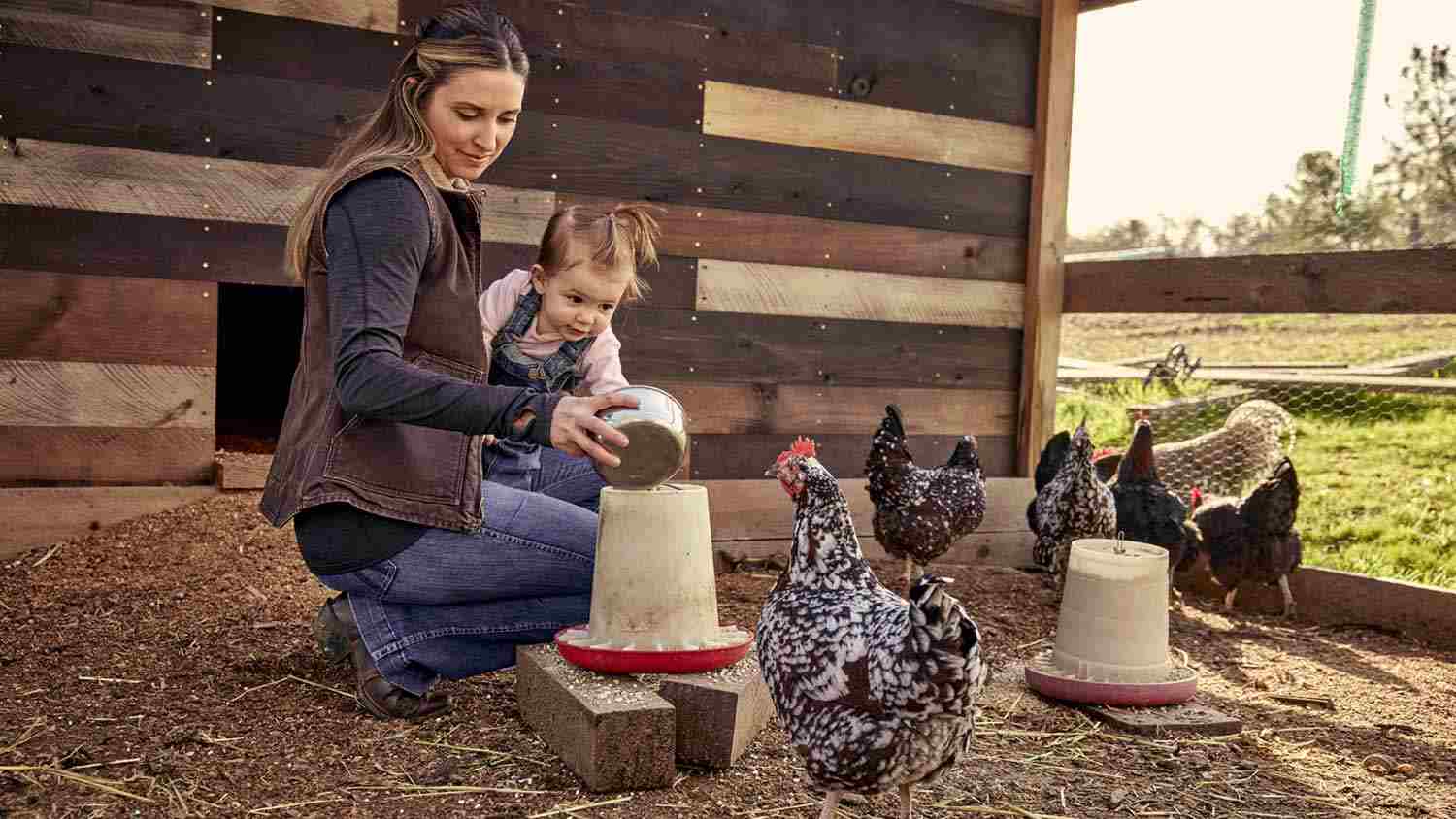 Our Galleon™ poultry microbiome intelligence tool provides farmers with data on their flocks’ health and guidance on how to keep their birds healthy.
Our Galleon™ poultry microbiome intelligence tool provides farmers with data on their flocks’ health and guidance on how to keep their birds healthy.
Galleon™, our award-winning microbiome intelligence tool, helps farmers reveal health clues hidden in the poultry flock’s gut. The tool uses artificial intelligence to give farmers data on their flocks’ health and guidance on how to keep their birds healthy.
11. One person’s waste is another person’s biodiesel
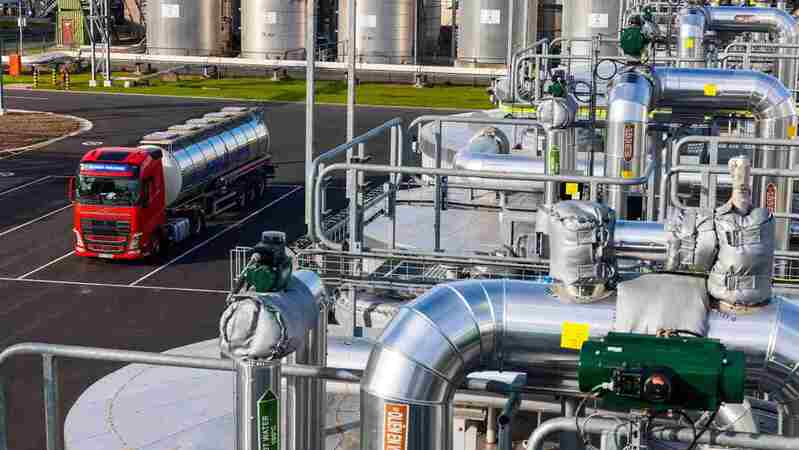 At our advanced biodiesel facility in Ghent, Belgium, we take liquid waste and turn it into renewable fuel for the trucking and maritime industries.
At our advanced biodiesel facility in Ghent, Belgium, we take liquid waste and turn it into renewable fuel for the trucking and maritime industries.
That’s the idea behind our state-of-the-art advanced biodiesel facility in Ghent, Belgium. Inside, we’re taking waste (like used cooking oils, tallow and other residues) and turning it into renewable fuel for the maritime and trucking industries — reducing our customers’ carbon footprint and supporting a circular economy.
12. Old McDonald had a farm, AI, AI, oh!
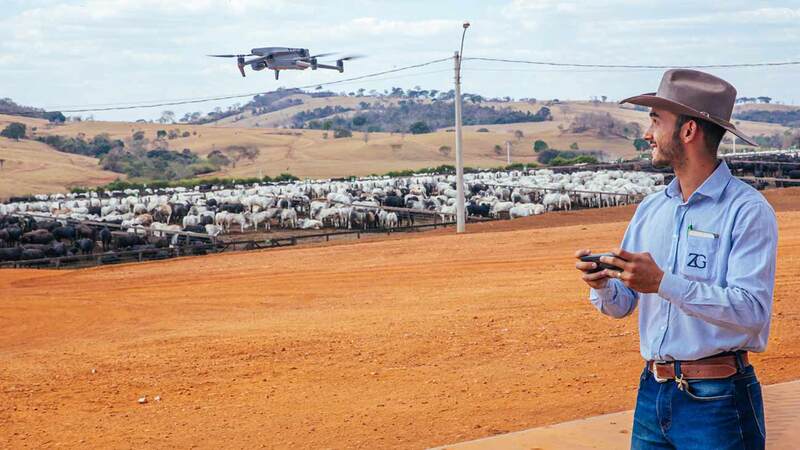 We’re bringing agriculture technology to farmers, including drones and artificial intelligence that help monitor cattle on Brazilian feedlots.
We’re bringing agriculture technology to farmers, including drones and artificial intelligence that help monitor cattle on Brazilian feedlots.
This isn’t your grandparents’ farm. We assist farmers with agriculture technology that helps them run the farm more smoothly — from drones that monitor cattle on Brazilian feedlots to artificial intelligence that keeps tabs on the health of their poultry flocks.
13. This product is paving the way for improved asphalt on our roads
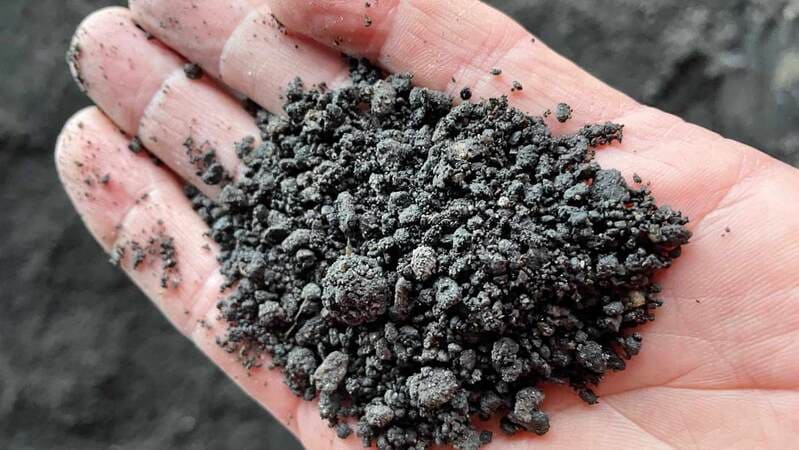 Our Anova® Asphalt Rejuvenators is a bio-based additive that helps extend the life of pavement on roads.
Our Anova® Asphalt Rejuvenators is a bio-based additive that helps extend the life of pavement on roads.
Recyclable roads? Kinda. We’re reversing the impact of aging pavement with Anova® Asphalt Rejuvenators, a bio-based additives that extends the pavement’s life, improves resistance to cracking and allows customers to build and maintain roads made out of 100% recycled asphalt pavement.
Sustainable innovation
14. Making this sweet little plant more sustainable, too
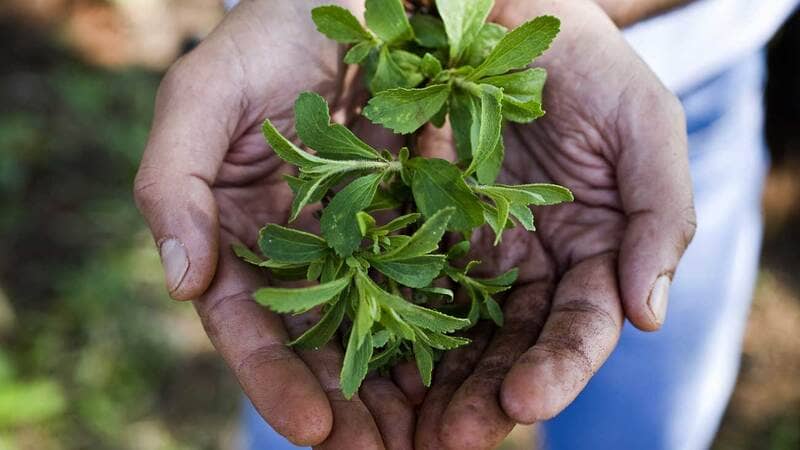 We’ve pioneered a more sustainable way to produce stevia, an alternative to sugar.
We’ve pioneered a more sustainable way to produce stevia, an alternative to sugar.
Stevia leaves contain tasty, zero-calorie treasures called steviol glycosides. Using fermentation with an innovative twist, we have pioneered a more sustainable way to produce stevia in the lab — leading to a 70% reduction in land use, less water use and a lower carbon footprint by up to 60% compared to bioconverted Reb M.
15. A face lotion that upcycles one of our favorite fruits
 Our FiberDesign™ Citrus texturizer is made from upcycled lemon and lime fibers and used in a hydrating face cream.
Our FiberDesign™ Citrus texturizer is made from upcycled lemon and lime fibers and used in a hydrating face cream.
Who knew a citrus fruit could become so … beautiful? We’ve upcycled lemon and lime fibers to create our FiberDesign™ Citrus texturizer for a new cooling and hydrating face cream that also limits food waste.
16. That stretchy stuff in your yoga pants? It’s sustainable, too.
 Our joint venture Qore and The LYCRA Company are partnering to create more sustainable spandex for consumers.
Our joint venture Qore and The LYCRA Company are partnering to create more sustainable spandex for consumers.
Sustainable spandex is not a stretch thanks to our joint venture Qore and its partnership with The LYCRA Company. It’s bringing the world’s first large-scale, bio-based spandex production — and with it, more sustainable (and stretchy) apparel for consumers.
17. This fluid is the power behind our power grids
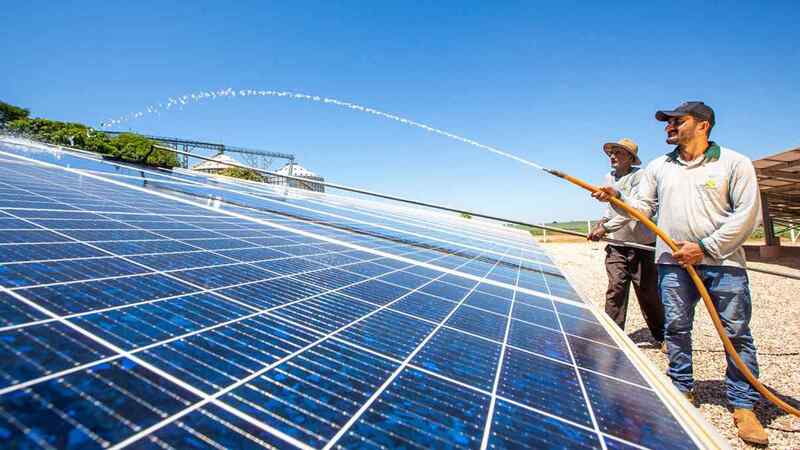 Our biodegradable FR3® fluid helps insulate and power our power grids, including solar and wind.
Our biodegradable FR3® fluid helps insulate and power our power grids, including solar and wind.
Maybe you’ve seen floating solar in places like China, Brazil and India. Our biodegradable FR3® fluid — an alternative to mineral oil — is a more environmentally friendly way to insulate and power these power grids.
18. This is what happens when you feed Hershey’s chocolate to cows
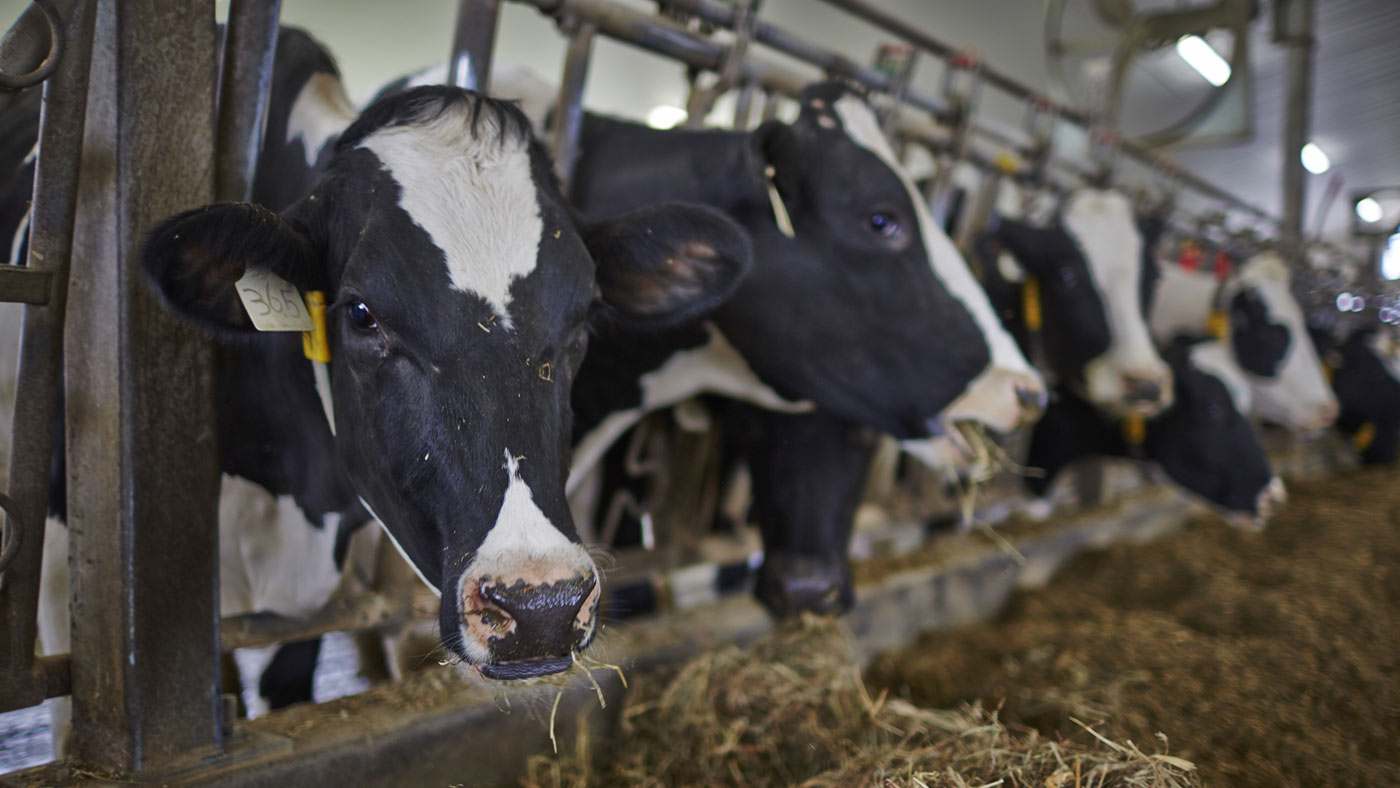 Years ago, The Hershey Company approached us with a sweet proposition: Take the chocolatier’s waste stream. Turn it into animal feed. Nourish livestock. Divert food from the landfill. Today, we have an entire plant in Pennsylvania dedicated to this effort.
Years ago, The Hershey Company approached us with a sweet proposition: Take the chocolatier’s waste stream. Turn it into animal feed. Nourish livestock. Divert food from the landfill. Today, we have an entire plant in Pennsylvania dedicated to this effort.
We know what you’re thinking — no, this is not how you make chocolate milk. When we partnered with The Hershey Company to upcycle its leftover chocolate into nutritious animal feed for livestock, it became a sweet proposition for the environment, our customers and, of course, the cows.
19. This innovative program helps farmers capture carbon beneath our feet
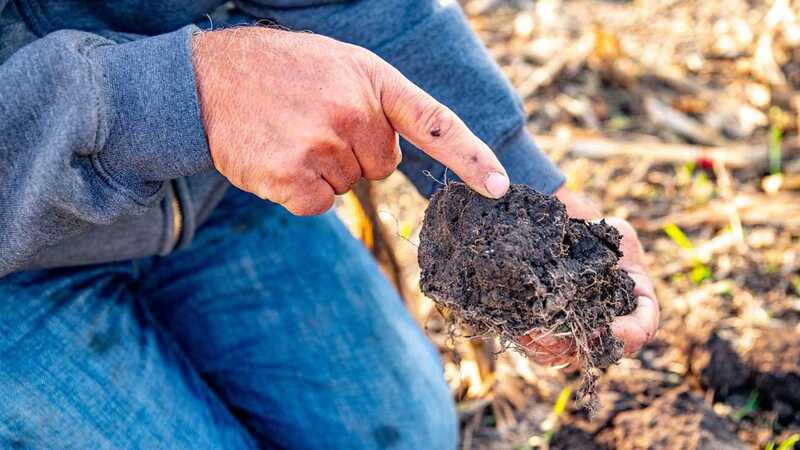 Cargill RegenConnect® provides financial incentives to farmers for positive environmental outcomes that can come from adopting regenerative agriculture practices.
Cargill RegenConnect® provides financial incentives to farmers for positive environmental outcomes that can come from adopting regenerative agriculture practices.
It’s no secret that agriculture is a contributor to climate change. But we believe agriculture can be a solution to climate change, too. That is why our innovative Cargill RegenConnect® program incentivizes farmers to adopt regenerative agriculture practices that can improve soil health and capture carbon in the soil.
20. What does the cow feed of the future look like?
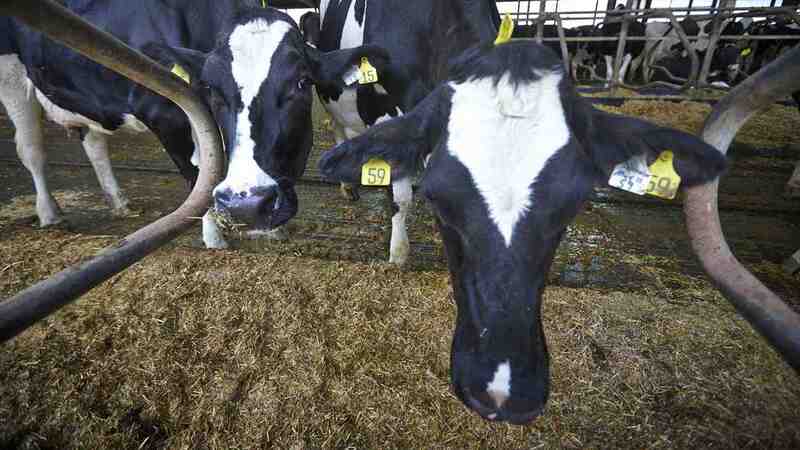 We’re working on innovation in animal feed, including improving milk production and reducing methane emissions in cows.
We’re working on innovation in animal feed, including improving milk production and reducing methane emissions in cows.
For starters, more sugar and less methane. We found protein meals treated with sugar (and without formaldehyde) helped dairy cows’ digestion and milk production. We’ve also developed the first Gold Standard-approved methodology to help beef producers reduce methane emissions using feed supplements such as SilvAir.
Want to learn more about the future of food and agriculture? See how Cargill is innovating from idea to impact.
More stories
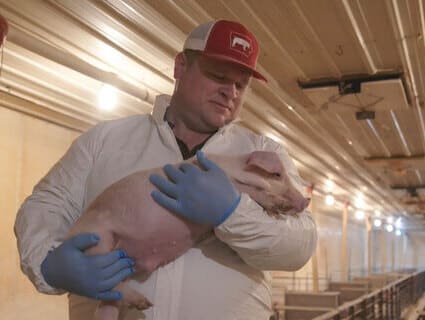
5 agriculture technology innovations for farmers
Artificial intelligence, drones, 3-D imaging and real-time data are helping farmers, ranchers and producers make better decisions on the farm.
The art and science of making a plant-based burger
Our Cargill food scientist shares the craft of creating a plant-based burger — from selecting the protein source to taking the first bite.

